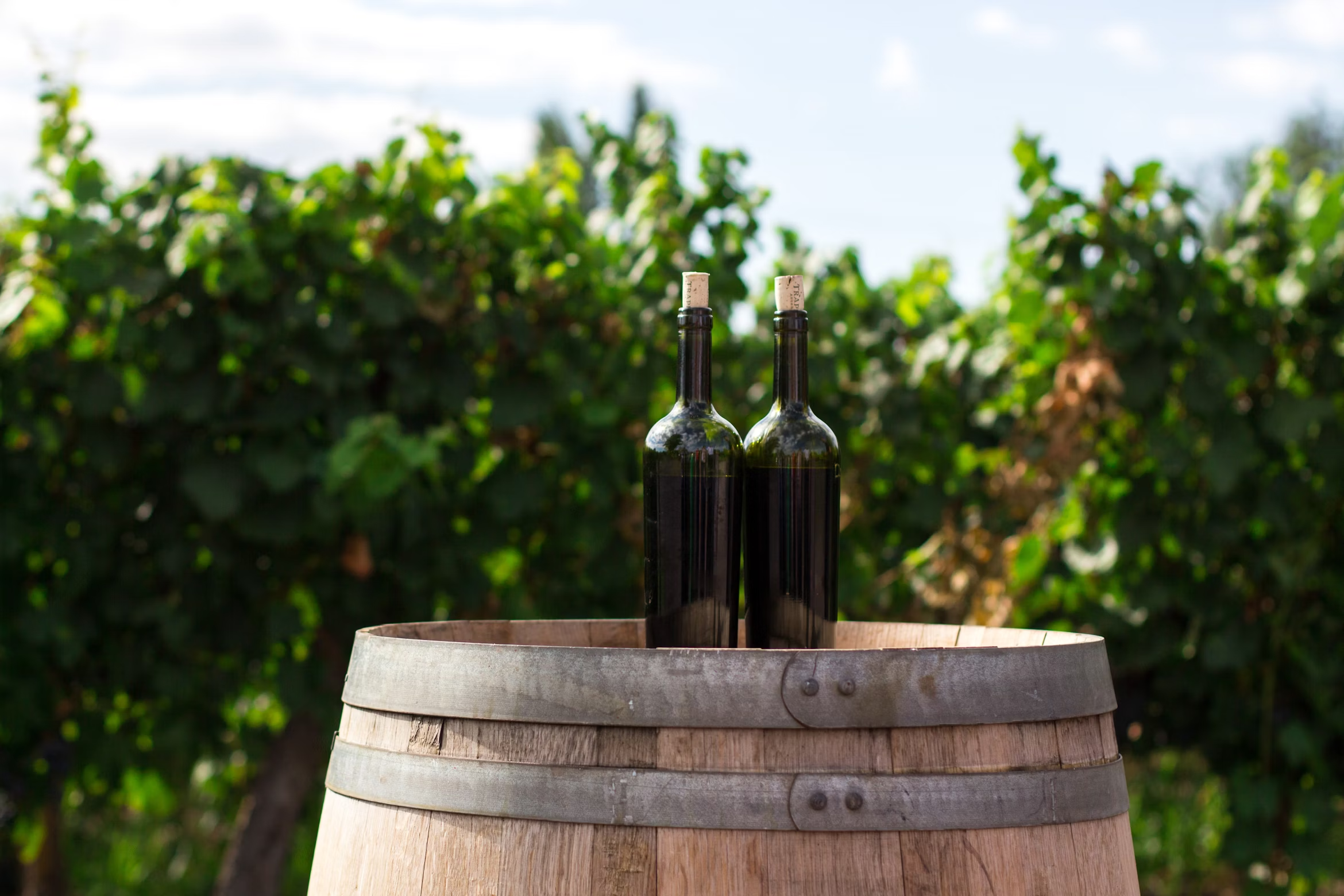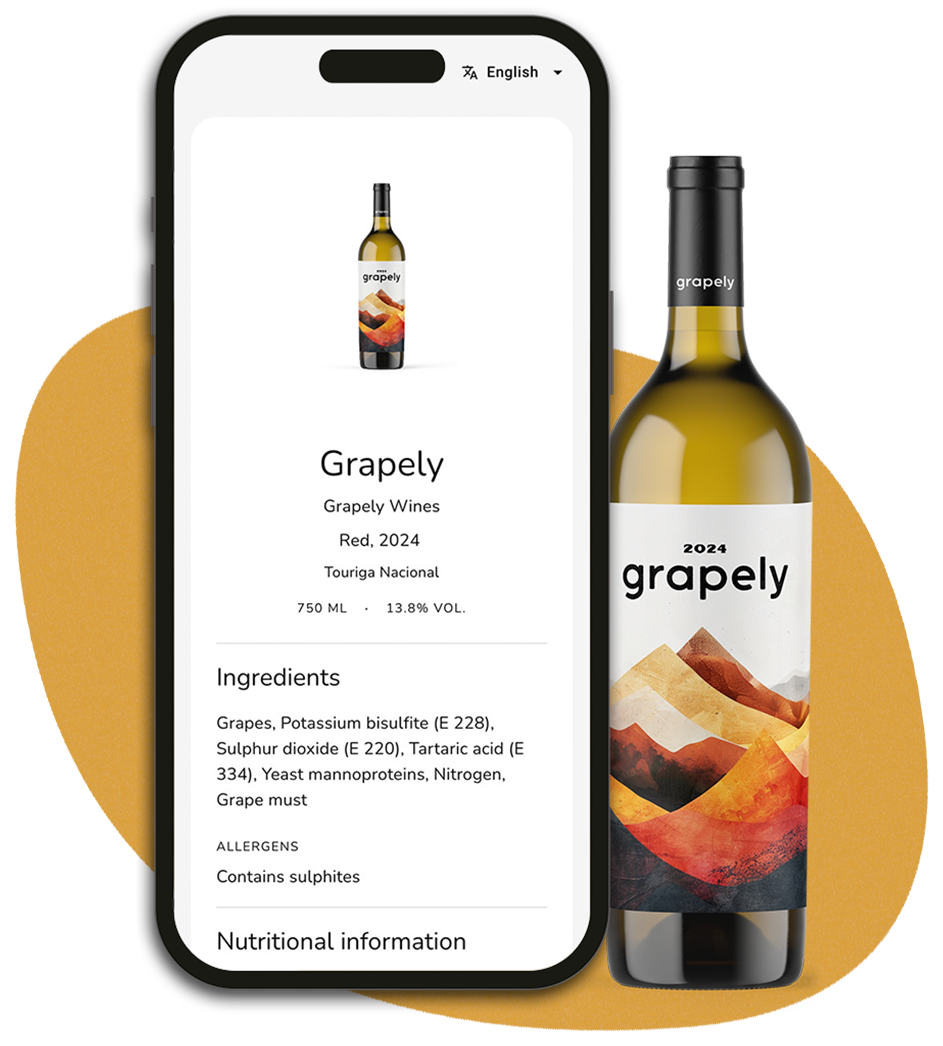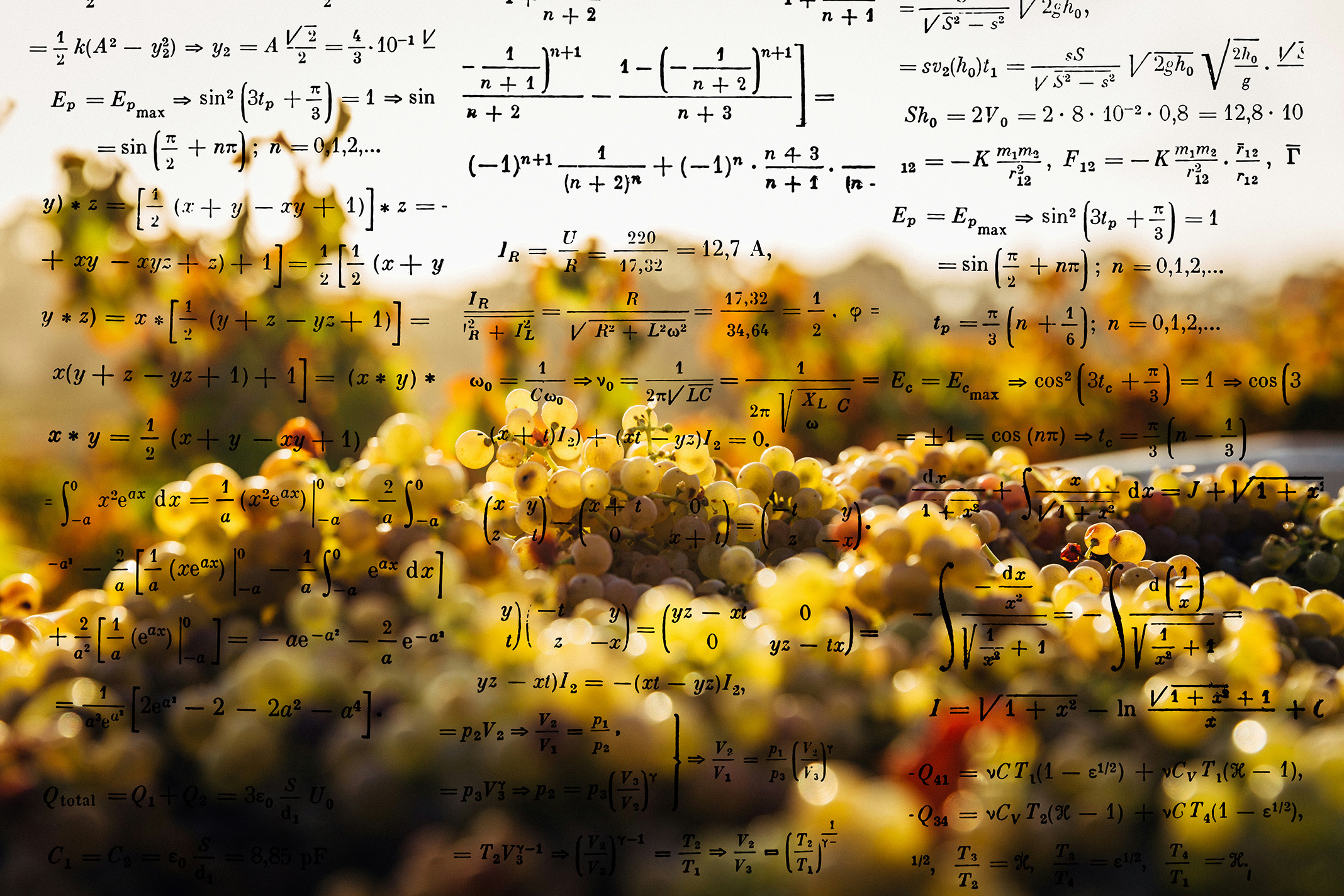· 4 min read
Complete Guide to the EU Wine Labeling Rules and Compliance Requirements in 2024
Navigate EU wine labeling rules with ease in 2024. This guide covers everything from e-label restrictions to mandatory disclosures, ensuring full compliance and consumer transparency. Making it easy to create e-labels that meet EU standards and build customer trust.

The Importance of Wine Label Compliance in the EU
Navigating EU wine labeling regulations is essential for wineries, as compliance builds trust, transparency, and consumer safety. The latest updates for 2024 require even more detail, like nutritional values and ingredient lists, to meet rising demands for openness.
Staying compliant means not only avoiding legal pitfalls but also strengthening consumer confidence, making a solid approach to labeling a crucial part of any winery’s success in the European market.
However, keeping up with these standards can be challenging, especially for wineries distributing across the EU, with varied language and label requirements.
This guide will help you navigate these updates, clarifying compliance steps to help wineries avoid legal risks and reinforce customer confidence.
What are the essential updates to wine label regulations?
Following the EU regulation 2021/2117, all wines produced on or after the 8th of December 2023, the consumer must be informed of:
- Grapevine Product Category: Specify the wine type (e.g., “Red Wine” or “Sparkling Wine”).
- Protected Designation of Origin (PDO) or Protected Geographical Indication (PGI): Required for wines with registered geographical indications, like “Chianti PDO”.
- Alcoholic Strength by Volume: Show the actual alcohol content (e.g., “12.5% ABV”).
- Provenance: Indicate the wine’s origin, which could be a country or region (e.g., “Product of Italy”).
- Bottler, Producer, or Vendor Name: List the bottler’s name or, in the case of sparkling wines, the name of the producer or vendor.
- Net Content: State the bottle size, such as “750 ml”.
- Sugar Content (for Sparkling Wines): Describe sweetness levels, like “Brut” or “Extra Dry”.
- Nutritional Information: Include calories, fats, sugars, etc., to align with transparency standards.
- Ingredients List: Ensure consumers know exactly what goes into the wine, like “Grapes, Sulfites”.
- Allergens: List substances like sulfites, known to cause allergies or intolerances.
- Minimum Durability (for De-Alcoholized Products): Specify a “best before” date, required for wines under 10% ABV.
- Importer Details: When the product is imported, include information about the importer.
What are the printed label requirements?
Certain key details must be printed directly on the wine label to ensure transparency and inform consumers effectively:
- Designation of the category
- Allergens and Intolerances
- Alcoholic Strength by Volume
- Indication of Provenance
- Bottler Information
- Importer Details (if applicable)
Additional Requirements for Sparkling Wines
- Sugar Content: Clearly label the sugar content to inform consumers about sweetness levels.
Special Case for De-alcoholized Wine (< 10% ABV)
- Date of Minimum Durability: Display the minimum durability date to ensure product freshness.
What can be displayed on a electronic label (e-label)?
Ingredients and nutritional information can be made available digitally through a QR code placed on the bottle.
What are the advantages of using an e-label?
There are many restrictions on the way the mandatory informations should be displayed. Among other things, the font size must respect a minimum of 1.2mm, and must be the same as for other mandatory information. It must be indelible and not easily removable. It also must appear on the same field of vision as the other mandatory information.
These requirements make it difficult to fit on a bottle while keeping the label attractive to the consumer.
With a QR code, you can keep the disruption to your physical label to a minimum, and have the following advantages:
- Provide information in the right language for your customers.
- Change information when needed, this means you don’t have to worry about printing the wrong information on hundreds of bottles.
- Prepare your QR code ahead of time to be printed, and fill in the nutritional information and ingredients when you are ready.

Effortless compliance
Create Compliant Wine E-Labels With Grapely
Easily design EU-compliant e-labels, complete with QR codes ready for printing.
What are the rules for e-labels?
The e-labeling requirements are complex and must mirror physical labels with a few exceptions and added restrictions:
- No Marketing Content: E-labels are strictly informational. Any sales or promotional content is prohibited, which limits flexibility in digital presentation.
- Data Privacy: E-labels cannot collect, store, or track any user data. This ensures compliance with strict privacy laws but restricts engagement options.
- Access Limitations: E-labels must be scannable by QR code only, and they must remain separate from any digital marketing links.
The limitations on e-labels — especially the ban on tracking, data collection, and marketing content — make it difficult for wineries to use their own websites as hosts. Any website used would need to fully exclude promotional material and meet strict data privacy standards, which is challenging for sites built with typical marketing and engagement features.
By using an e-label solution such as Grapely, you can ensure compliance with these restrictive rules easily, eliminating the need for custom site adjustments or privacy concerns, while meeting EU e-label regulations seamlessly.
- EU Wine Label Regulation (2021/2117)
- wine e-label
- wine allergen disclosure
- wine qr code
